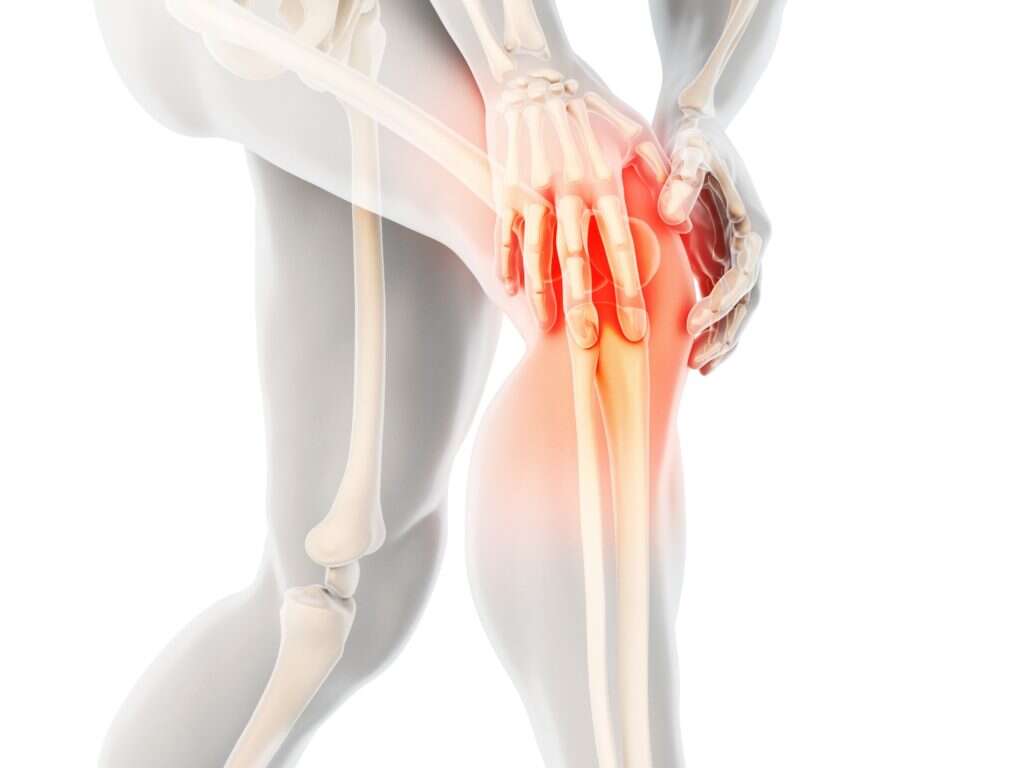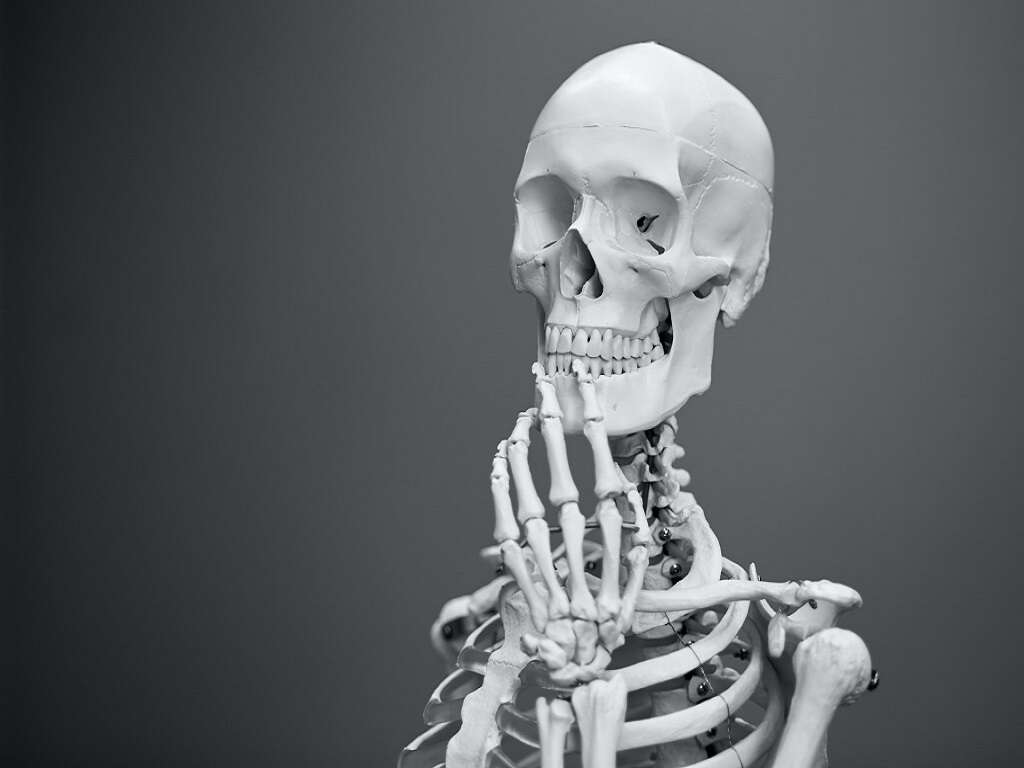10 Symptoms of Osteomyelitis
Osteomyelitis is a condition where there is infection of the bone. In children, the long bones in the upper and lower limbs are most commonly affected. In adults, the most commonly involved areas are the spine, feet, and hips. Osteomyelitis is most commonly caused by a bacterial infection. In rare cases, it can also be caused by a fungal infection. It starts after the infection spreads via the blood vessels from surrounding tissues that are affected. Some of the risk factors of osteomyelitis include intravenous drug use, diabetes, history of spleen removal, and localized trauma to the same area. The diagnosis can be made based on the symptoms the patient experiences with the support of blood tests, medical imaging, and bone biopsy.
The treatment of osteomyelitis usually involves antimicrobials and possible surgery. Those with poor blood flow may require amputation. The outcome or prognosis for osteomyelitis is generally good when the condition is in its early stages. Annually, approximately 2.4 people per 100,000 are affected every year. This condition is most commonly seen among those who are young and old with more males affected than females. Before the availability of antibiotics, the risk of death from osteomyelitis was significant.
Symptom #1: Bone Pain
Bone pain refers to pain that originates from a bone. It can be due to multiple conditions or diseases and can seriously affect the quality of life of patients. Bone pain is often described as a dull pain. Patients are usually unable to localize it accurately.
Causes of bone pain include extensive physical stress, cancer, osteomyelitis, multiple myeloma, vertebral degeneration, rheumatoid arthritis, and more. It is known that the periosteal layer of the bone is highly sensitive to pain. In bone pain related to cancer, it occurs due to the destruction of the bone.
Symptom #2: Fever and Chills
Fever, pyrexia, or febrile response occurs when the set temperature of the body rises above the normal range causing the muscles to contract to produce heat. It also causes the affected individual to feel cold. This is known as chills.
The body will then increase efforts to produce and conserve heat. Fever (low grade) is believed to be a natural defense mechanism to help fight off infections as the immune system is enhanced. Fever can occur in any infection (viral, bacterial, or parasitic) and non-infectious causes such as deep vein thrombosis and vasculitis.

Symptom #3: Redness and Warmth
Redness is one of the cardinal signs of inflammation. It was first described in the 1st century AD by a roman medical writer. It occurs as the small blood vessels in the area of injury dilate. The affected area also feels warm as heat is produced from the increased blood flow to the area.
Redness and warmth can be seen or felt in all conditions where there is inflammation such as injury or an infected wound. It is part of the body’s natural mechanism as an attempt to heal the affected area.
Symptom #4: Weakness
Weakness or asthenia is a common and non-specific symptom that can be seen in various conditions. Weakness can be divided into true and perceived weakness. True weakness occurs when there is an issue with the skeletal muscles as seen in muscular dystrophy, myasthenia gravis, and inflammatory myopathy.
Perceived weakness occurs when the affected individual feels that extra effort is needed to exert a specific amount of force despite normal muscle strength. A good example of perceived weakness is chronic fatigue syndrome. Weakness in infection is the feeling of tiredness and fatigue.

Symptom #5: Irritability and Lethargy
Irritability is a term that can be used to describe the state of being prone to frustration and anger. It is considered to be an emotion that can negatively affect the mood. It is often seen in young children especially those who are still unable to express themselves verbally. Parents may also describe children who are irritable as being fussy. Causes of irritability include lack of sleep, frustration, hunger, feeling too hot, colic, feeling unwell, and more.
Lethargy in children may also manifest as increased irritability. Parents who notice increased irritability and lethargy should keep an eye on their children as it usually means they are unwell or bothered by their surroundings.
Symptom #6: Swelling
Swelling or edema occurs when there is accumulation of fluid outside of the blood vessels. Swelling also contributes to pain as it distorts the structure of the surrounding tissue. It occurs as an injury or infection induces the release of chemical mediators of inflammation like prostaglandins, bradykinin, and serotonin.
Swelling is also considered to be one of the cardinal features of inflammation. It is a common symptom that can be seen in various conditions where there is infection or inflammation. The swelling usually resolves once the area heals. To decrease swelling, patients can elevate the affected area or try applying an ice pack.

Symptom #7: Nausea
Nausea is an unpleasant and uncomfortable sensation where the patient feels an involuntary urge to vomit. It is a feeling that can sometimes precede vomiting although not all episodes of nausea result in vomiting. It is a common and non-specific symptom that can be experienced in pregnancy, motion sickness, dizziness, gastroenteritis, extreme pain, migraines, side effect of medications or treatment, and more.
It can be managed using antiemetics such as promethazine, metoclopramide, and ondansetron. While there is no pain in nausea, it can still be a debilitating symptom that greatly affects the quality of life of patients.
Symptom #8: Back Pain
Back pain can be categorized according to the affected region: cervical, thoracic, lumbar, sacral, or coccygeal. The commonest area that is affected is the lumbar region. Back pain can also be divided into acute, sub-acute, or chronic based on the duration of back pain. The pain can be dull, piercing, shooting, or burning.
The discomfort can radiate to the upper and lower limbs along with associated symptoms such as numbness, or weakness. Osteomyelitis that affects the vertebrae makes itself known by manifesting as a severe back pain that is worse at night.

Symptom #9: Malaise
Malaise is an uneasy sensation where there is general discomfort. It is often one of the earliest indications of disease. It is a non-specific symptom that can be seen in hunger, cancer, stroke, internal bleeding, heart attack, infections (viral, bacterial, parasitic), and more.
Patients with malaise often describe it as an uneasiness where they feel “something is not right”. Experts believe that malaise is due to the activation of the immune response and release of proinflammatory cytokines.
Symptom #10: Open Wound
An open wound describes an injury where there is a break in skin tissue caused by falls, accidents, or any other situation where there is damage to the skin. Open wounds can be classified depending on their cause such as laceration, abrasion, puncture, avulsion, and more.
Osteomyelitis can occur when there is an open wound as the wound gets infected and the infection spreads to the surrounding tissue and bone. The open wound in osteomyelitis often heals at a slow rate.









